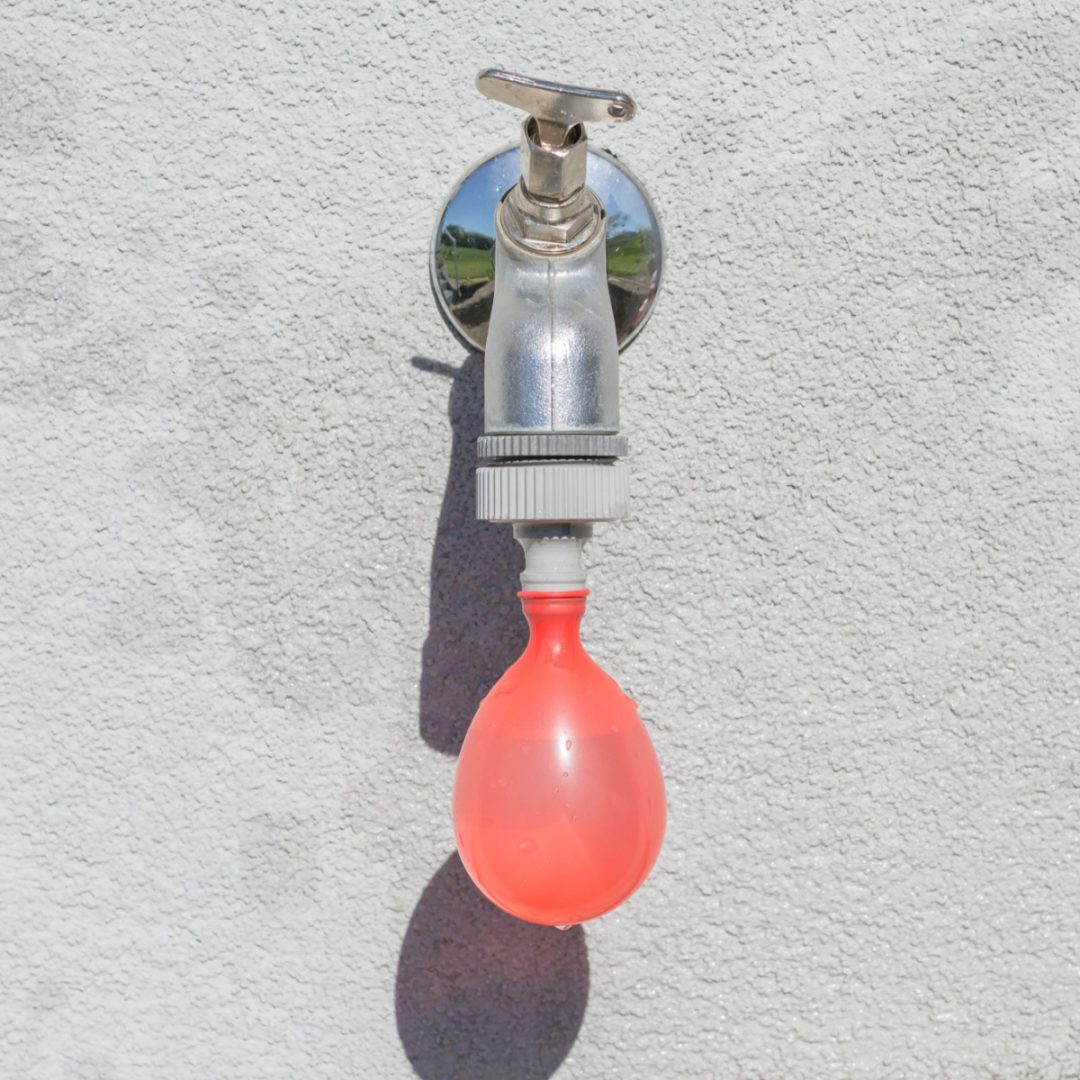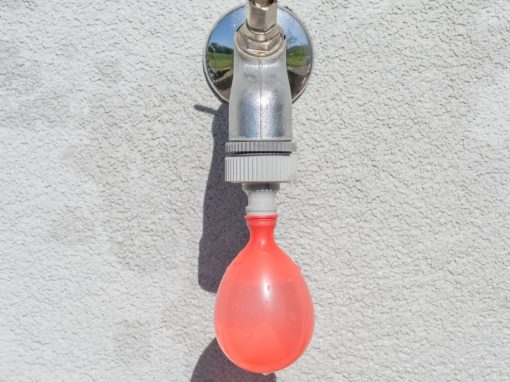A recent Decision, T1482/21, from the Board of Appeal of the EPO considered whether a decision to re-establish a patent application can be challenged during Opposition proceedings at the EPO.
Background
The patent relates to an apparatus and method for filling a plurality of inflatable containers with a liquid, e.g. to fill a large number of water balloons simultaneously.
While the exact details of the need to request re-establishment are not critical to the Decision, I will nevertheless describe the main points.
Initial US applications were filed on 7 February 2014, 20 February 2014 and 22 September 2014. However, the date of 7 Feb 2015 for claiming priority was missed. Nevertheless, a direct European patent application was filed on 10 March 2015 claiming priority from the 7 February 2014 and 22 September 2014 applications. At the same time a request for re-establishment of the earliest priority date was filed. The request indicated that the sole inventor, who later assigned his rights to his company, relied upon his US attorney who failed to notify him of the end of the priority period as a result of a family emergency, resulting in the failure to meet the deadline. A request to add a further priority claim, to the 20 February 2014 patent application, (or include it in the request for re-establishment) was filed on 7 April 2015. On 28 July 2015 a response to the request regarding the second priority date was issued, which indicated that this claim could not simply be added to the application as the request was made after the deadline for claiming priority had already expired. However, re-establishment could be requested, but a second re-establishment fee would be required. This additional fee was paid on 29 July 2015.
On 14 August 2015 the Receiving Section (RS) responded to the request for re-establishment for both the 7 February 2014 and 20 February 2014 priority claims and indicated that the reasoning provided was not sufficient. Specifically, the RS needed full reasoning regarding how and why the original US attorney failed to provide the necessarily notification, including details of their docketing system and why the applicant could have expected to rely on their US attorney solely.
The applicant obtained an extension of time for responding to the RS and filed a response on 4 January 2016, including a witness statement from the inventor and original applicant.
The inventor had used his original US attorney on at least one previous occasion, and while that US attorney did not undertake any overseas work, she did remind him of the deadline to file foreign applications, for which he instructed another US attorney himself to file a PCT application. The original US attorney was employed on a retainer basis, and the inventor therefore believed that as she was suitably qualified and had performed the necessary tasks in the past without difficulty, he was able to rely on her on this occasion, and it was reasonable for him to do so. It was understood that the US attorney monitored deadlines using a Microsoft Outlook calendar.
Shortly before Christmas 2014 the original US attorney notified the inventor that she was taking a break from work for a few weeks due to a family issue. The inventor then engaged a new US attorney for other, unrelated outstanding work that the original attorney had been unable to carry out. At the same time, the inventor also decided to “educate” himself about patents and their deadlines, and so went on to the WIPO website to try to find out when the deadline for claiming priority from his 14 February 2014 application would be. He used the WIPO PCT time-limit calculator, which provided him with the deadline for submitting priority documents of 14 June 2014. He therefore believed that this was the deadline for filing overseas applications claiming priority from his 14 February 2014 application.
The original US attorney returned to work in January and the inventor sacked her on 28 January 2015, at which time no reminders regarding the priority deadline had been received.
Unfortunately, the new US attorney was unable to take over representation for the US applications relating to the present invention due to technical issues and a lack of information from the original attorney.
The mistake regarding the failure to meet the deadline to claim priority was realised at the beginning of March 2015, and the inventor instructed a European attorney to take the necessary action, resulting in the filing of the European application with the request for re-establishment on 10 March 2015 – just over a month after the expiry of the first deadline.
The original attorney declined to provide any assistance with regards to the request for re-establishment.
The inventor believed that he had relied on both his original attorney and his research at WIPO, both of which had let him down. has Accordingly he considered that he had demonstrated that he had used “all due care” and thus re-establishment should be granted.
On 14 January 2016, the request for re-establishment was allowed by the RS and the application continued and ultimately proceeded to grant.
Opposition proceedings
An opposition was filed based on grounds which included the invalidity of two of the priority claims.
Specifically, the Opponent argued that the Decision on re-establishment was wrong because the RS were not competent to issue such a Decision, and also because the criteria for acceptance of re-establishment, namely that all due care had been taken, had not been met. In respect of the latter point, the Opponent argued that while some of the facts in relation to the matter had been explained, there were considerable omissions, including how the relationship with the original US attorney came to end, why the second US attorney did not take over responsibility for the priority applications and associated deadlines, and how the error was revealed. As such, it could not be concluded that all due care had been taken.
The Opposition Division considered all of the issues and with regards to the re-establishment of the priority claim, they concluded that the RS was competent as they were responsible for the formal requirements of the application, of which the request for re-establishment was part. The Decision on re-establishment was made while the application was under the responsibility of the RS and thus they were competent to make the Decision.
As part of their consideration the Opposition Division noted that the effect of re-establishment is that the legal consequences of the failure to observe the time limit shall be deemed not to have ensured, and that to ensure legal certainly the Decision applies at the later stages of the application, including grant and any opposition. As the priority date is relevant to an assessment of novelty and inventive step, the validity of priority claims can be examined by the OD, but they must acknowledge the Decision made by the RS for re-establishment of priority.
The Opponent also objected to the priority claims on the grounds of failure to meet the “same-applicant” and the “same-invention” criteria, but these were unsuccessful. As a result of the maintenance of the priority date, the Opponent’s novelty attack failed, as did the main inventive step argument. Another inventive step attack based on prior art published before the priority date also failed. A minor added-matter attack was successful, but an equally minor amendment overcame the issue, and the patent was maintained in amended form.
Appeal proceedings
The Opponents appealed, and essentially made the same arguments.
The Appeal Board also considered whether the RS was competent to make a Decision on a request for re-establishment and noted that Article 16 and Rule 10 EPC confirm that the RS is responsible for the examination of an application on filing with regards to the formal requirements of the application. Once formal matters have been finalised, then the responsibility transfers to the Examining Division. At the time of the request, which was on filing, the RS was responsible for the application. The RS is specifically responsible for according the filing date and assessing the request for priority. In accordance with Article 89 EPC the priority date counts as the date of filing for certain purposes, and so the RS is also responsible for the examination of the priority date, to the extent that this is required at this stage.
The Appeal Board also noted that a request for re-establishment is an ex parte procedure. If such a request were to be refused, the applicant could lodge an appeal. However, if the request is accepted, there is no other party with the right to appeal and so the Decision becomes final. The Board therefore concluded that the RS was competent to take the Decision and that their Decision was final.
The Board then considered whether the Decision of the RS can be overturned at a later stage, in particular by the Opposition Division or the Board of Appeal.
Article 122(3) EPC indicates that if a request for re-establishment is granted, then the legal consequences of failure to observe the time limit concerned are deemed not to have ensued. This is not limited to the particular proceedings in which the decision was taken, including the formalities examination, or indeed the substantive examination, but must apply to all subsequent proceedings. The fact that there is a Decision means that a request for the Decision must have been made and this request related to the filing of the application and formalities examination. The Decision had become final before the opposition was filed and thus was not part of these proceedings. It is the Legal Board of Appeal who has exclusive competence to decide on decisions of the RS, and neither the Opposition Division nor Appeal Board have any power to review the Decision.
Finally, the Appeal Board considered that re-opening such a Decision would lead to considerable legal uncertainly and therefore be in conflict with the principle of legitimate expectations for the party who made the request.
As a consequence, the Appeal Board concluded that the Opposition Division was right to say it had to acknowledge the RS’s Decision on re-establishment, and that priority was therefore maintained.
With regards to the other grounds of the Appeal, which were essentially the same as those of the opposition, the Board had a slightly different view to the Opposition Division with regards to the priority-same invention submissions and indicated that partial priority applied to claims 1 and 9, in which the opening or inlet was threaded. Accordingly, a new Auxiliary Request was filed and was admitted to the proceedings as this was the first time that this possibility had been raised. The amendment overcame the problem and ultimately the patent was maintained in amended form.
Conclusions
This Appeal Board Decision further confirms that any Decisions made during prosecution in relation to any re-establishment cannot be challenged at opposition. This may not be the most egregious Decision on re-establishment, however, there did still appear to be some question with regard to the facts of the matter and the actions taken by the applicant. As pointed out by the Appeal Board, there is no opportunity for any third party to challenge such a decision at any point. Thus, whoever is making such a Decision needs to take extra care to ensure that the Decision is reasonable and correct.









